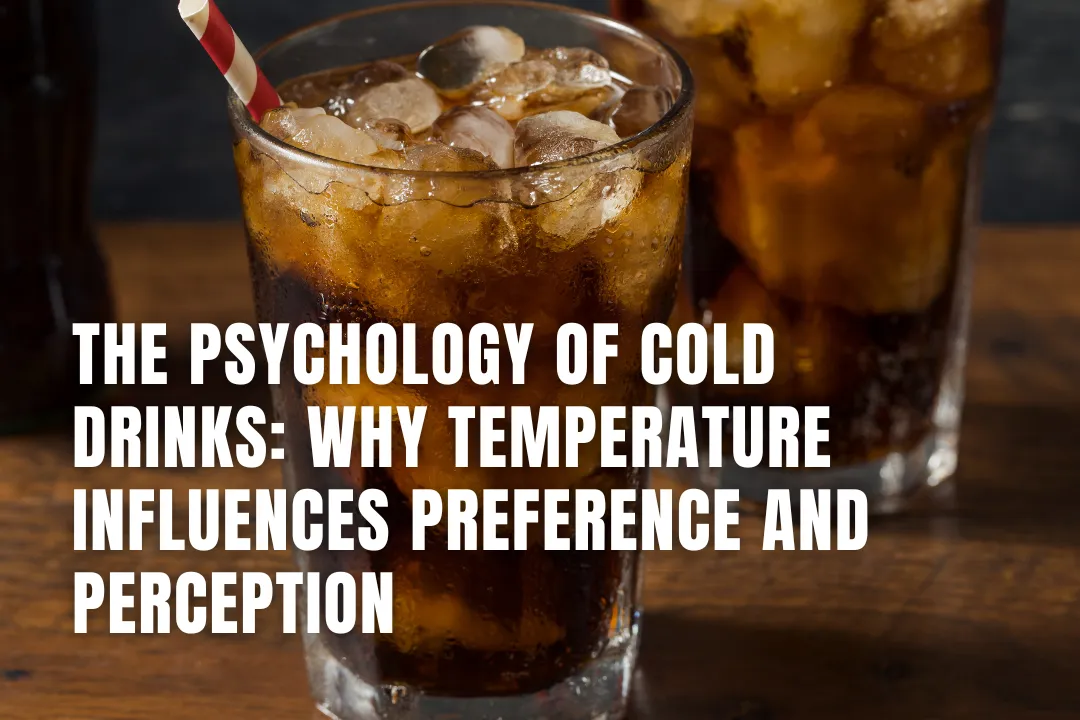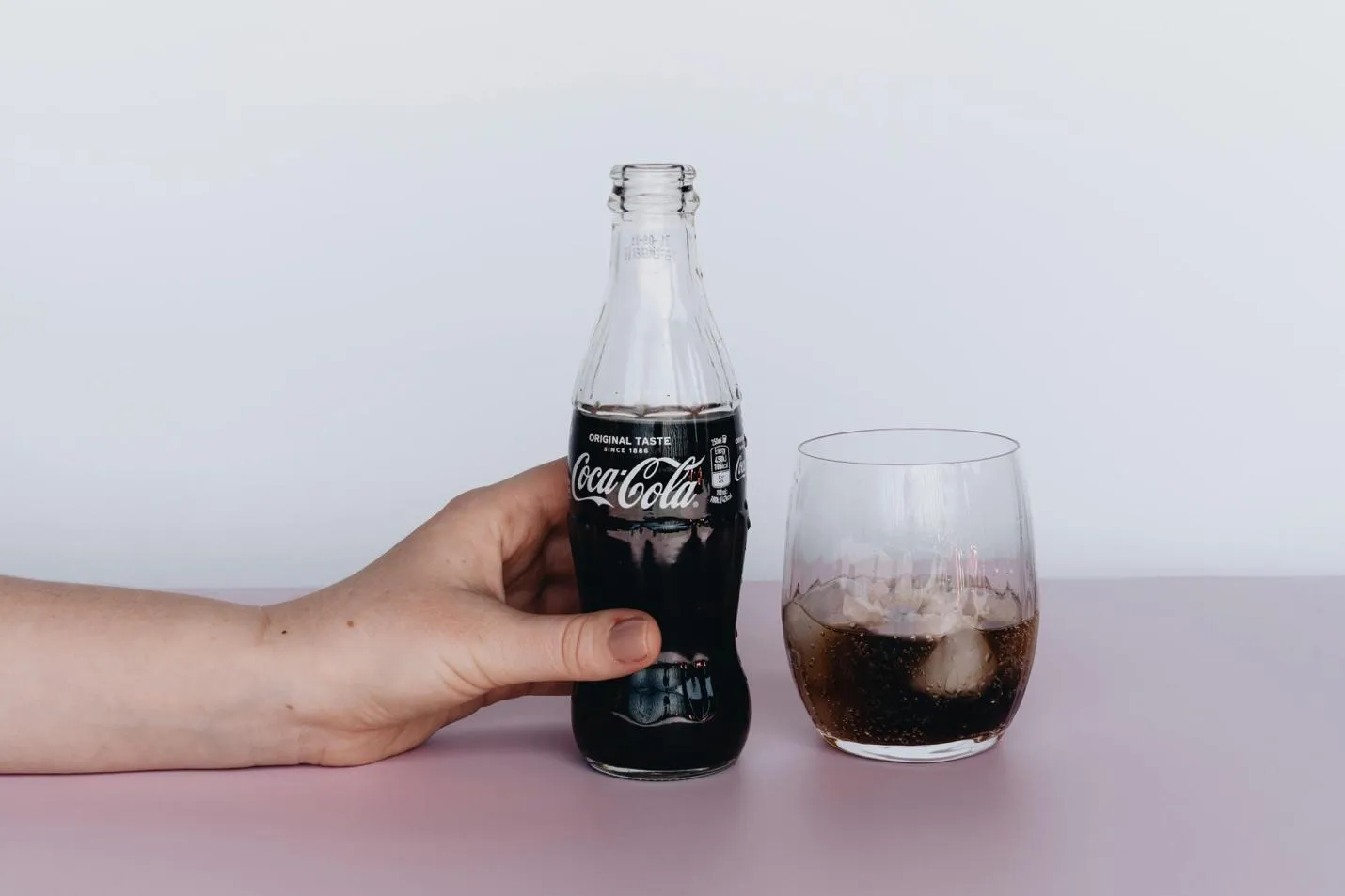
Cold drinks are more than a physical response to heat. The preference for chilled beverages has roots in human psychology, sensory perception, and cultural conditioning. Businesses in the food and beverage industries benefit from understanding why temperature influences how people experience and enjoy drinks.

The sensation of cold activates thermoreceptors in the mouth and throat. These receptors trigger a neural response that the brain interprets as refreshing or soothing. In warm environments, this reaction offers immediate comfort, which helps explain the strong association between cold drinks and relief from heat.
Research shows that temperature can influence how people perceive taste. Colder temperatures tend to suppress sweetness while emphasizing bitterness. This explains why certain beverages, such as soda or iced coffee, are formulated to be sweeter than their hot counterparts. The brain’s interpretation of these flavors shifts based on temperature, which influences product development and marketing strategies.
Cold drinks often evoke specific emotions tied to memory and mood. A chilled lemonade might recall childhood summers or outdoor gatherings, while an iced latte may be linked to a productive afternoon or a morning routine. These associations contribute to brand loyalty and consumer preference.
Studies in consumer psychology suggest that cold beverages are perceived as energizing and stimulating, whereas warm beverages are linked to relaxation and comfort. Businesses can leverage these associations in packaging and product positioning. For example, a clear, frosted bottle suggests refreshment and aligns with the expectation of a cold, revitalizing drink.
The cultural context of cold drinks also shapes consumer behavior. In many countries, ice and refrigeration are associated with modernity and convenience. Offering a cold drink can signify hospitality or status. These social signals influence purchasing decisions and product presentation in different markets.
Cultural norms also determine when and where cold beverages are consumed. For example, iced tea is a staple in the American South, while in parts of Europe, cold drinks are reserved more for special occasions or warm weather. Understanding these nuances allows businesses to align product offerings with consumer expectations.
The availability and quality of cold storage influence how drinks are experienced. A beverage cooler in a retail setting not only preserves product quality but also affects impulse buying. Seeing a chilled drink ready for consumption can increase the likelihood of purchase, especially in hot weather.
Packaging also plays a role. Materials that retain cold temperatures longer or provide visual cues of frost or condensation can reinforce the perception of refreshment. Additionally, packaging that feels cool to the touch or uses colors associated with coldness, such as blue or silver, can further enhance the consumer’s experience and increase the likelihood of purchase.
The preference for cold drinks is shaped by sensory input, emotional memory, social context, and environmental factors. For businesses, aligning product temperature with psychological expectations offers a powerful way to connect with customers and influence their choices. For more information, look over the accompanying resource below.
